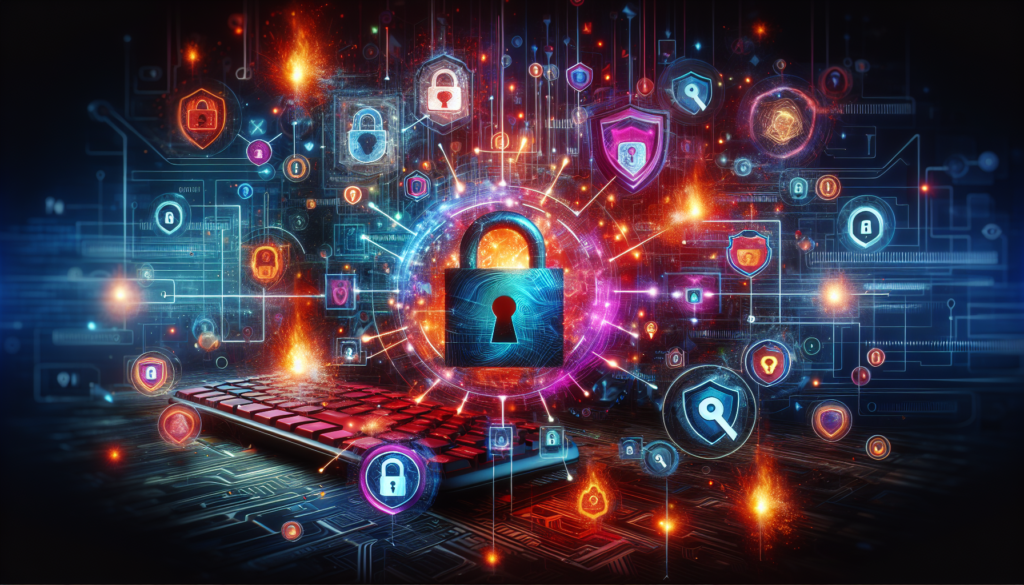In today’s digital age, securing online identities is more crucial than ever. The concepts of authentication and authorization are at the core of this security framework. Let’s break down these two fundamental components and explore best practices for implementing them.
Understanding Authentication
Authentication is about verifying who you are. It’s the process by which a system confirms the identity of a user. When you log in to an account, the information you provide (like your username and password) is checked against what the system has stored. If it matches, you’re allowed access.
Authentication can take several forms:
- Passwords: The most common method. Users create passwords to gate their accounts.
- Two-Factor Authentication (2FA): Adds an extra layer by requiring a second form of verification, such as a text message or an authentication app.
- Biometric Authentication: Uses physical characteristics, like fingerprints or facial recognition, to verify identity.
- Single Sign-On (SSO): Allows users to log in once and gain access to multiple platforms.
Password Management
Passwords often become weak points in authentication systems. Many users tend to reuse passwords across different sites, which can be a security nightmare. Here are some tips for managing passwords:
- Use a Password Manager: This tool can store complex passwords securely, encouraging unique passwords for every site.
- Employ Strong Passwords: Aim for at least 12 characters, mixing letters, numbers, and symbols.
- Change Passwords Regularly: Regularly updating passwords can help mitigate risks from data breaches.
The Role of Authorization
Once a user is authenticated, authorization determines what they can do. It’s about permissions and access control within a system. Even if someone is logged in, it doesn’t mean they should have unrestricted access.
Authorization can be categorized into two main types:
- Role-Based Access Control (RBAC): Users are assigned roles that determine their access level. For example, an employee might have access to certain files that a contractor wouldn’t.
- Attribute-Based Access Control (ABAC): More dynamic; access is determined by various attributes, such as time of access, location, or device type.
Best Practices for Authorization
To ensure effective authorization, consider implementing the following:
- Principle of Least Privilege: Give users the minimum level of access they need to perform their job functions.
- Regularly Review Permissions: Ensure that access controls are up to date and relevant to current users and their roles.
- Track and Log Access: Maintain records of who accessed what and when to help track unauthorized access or anomalies.
Combining Authentication and Authorization
Authentication and authorization work together to secure systems. You can think of authentication as locking the door and authorization as determining who has the key. Both must be robust to protect sensitive information and prevent misuse.
Implementing Secure Systems
In practical terms, here’s how a system might implement these concepts:
- User Registration: Collect user information and verify their identity using email confirmation or phone verification.
- Initial Login: Prompt for a password and optionally enable 2FA.
- Role Assignment: After login, assign roles based on user type (admin, user, guest) with corresponding permissions.
- Session Management: Track how long a user is logged in and automatically log them out after a period of inactivity.
The Importance of Security Culture
Even with solid authentication and authorization systems in place, a culture of security within an organization is vital. Training users on the importance of security measures, recognizing phishing attempts, and understanding the value of their data can bolster these systems.
Continuous Improvement
Security is not a one-and-done process. Regular updates based on new threats, user feedback, and emerging technologies are essential. Conducting routine security audits and employing penetration testing can help identify vulnerabilities in your systems.
Conclusion
Secure authentication and authorization are foundational to safeguarding digital identities. By understanding their intricacies and implementing best practices, organizations can substantially reduce the risk of breaches and ensure that only authorized users have access to sensitive information. In an increasingly connected world, investing in these security measures is not optional; it’s a necessity.

